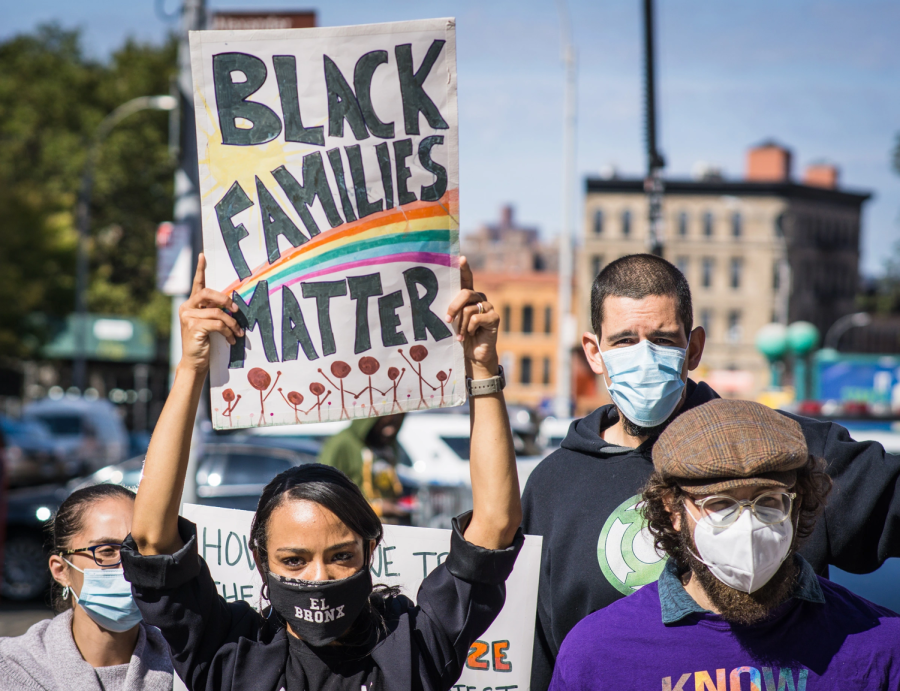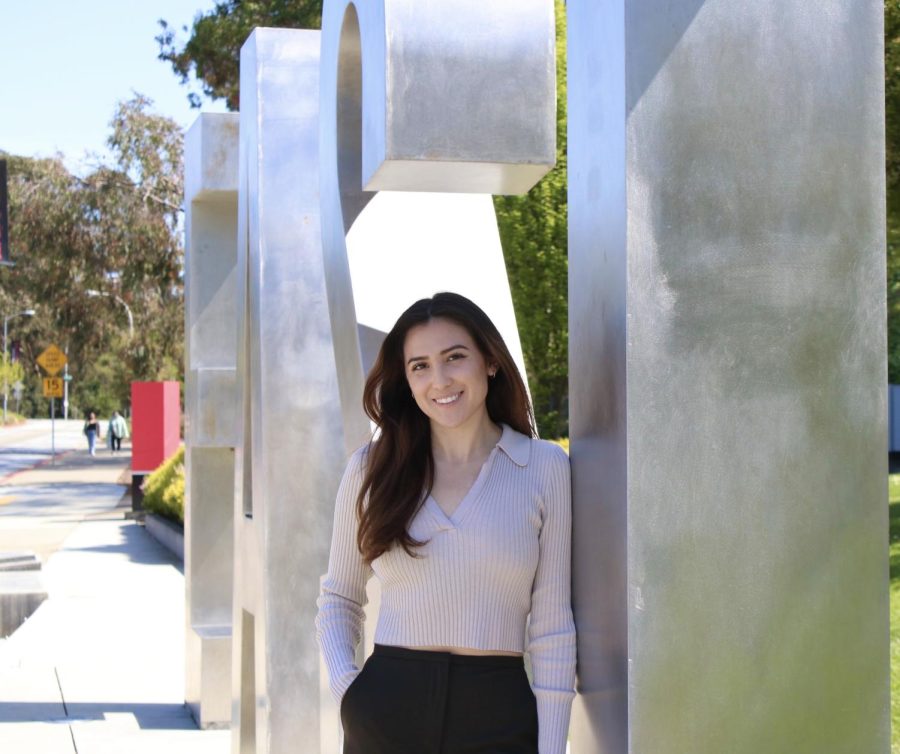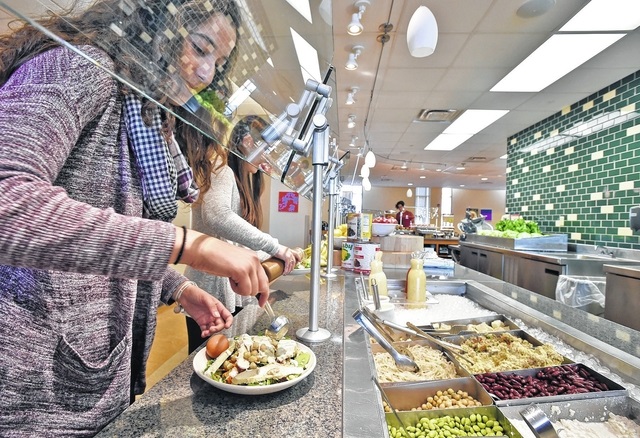Ensuring a tranquil learning environment is one of the foremost priorities of any college campus. At CSU East Bay, students can take heart that they attend a campus with a low percentage of crimes.
According to statistics gathered from the University Police Department website, the number of reported incidents of crime is low. For example, from the years 2007 to 2010 no hate crimes were reported.
Among the crimes that occurred on campus, violations of liquor laws, drug procession, burglary and vehicle theft comprise the majority of crimes reported on campus. Crime reported has also been on the decline since 2007, with reported incidents dropping off dramatically.
We commend the University Police Department for contributing to the fight against criminal acts on campus and we believe the decrease in reported crimes can be attributed to more aggressive measures taken by this campus to deal with crime both in the campus proper and in student housing.
While we applaud these steps, we have several suggestions to aid in ensuring that trend is a permanent one.
As most thefts have been reported in the campus parking lots, particularly those parking lots behind the campus dorms, we suggest that in addition to increased patrols of the area that more lighting be installed in campus parking lots as well as in other dark areas of campus.
It is a fortuitous time to make such a change give the ready availability of Light Emitting Diode (LED) options for lighting. LED technology reduces energy consumption by approximately 60 percent when compared to “normal” lighting.
Such lighting options provide tangible benefits because of their decade-long lifespan. In this manner, promoting campus safety by decreasing the ability of would-be criminals to skulk around in the shadows could be coupled with promoting green energy solutions on campus.
CSUEB has LED lighting around the RAW center and the California State Student Association has already backed CSU-wide efforts through its “Greenovation Fund” to promote student-led sustainability projects such as lighting on campus.
Given the direction student representatives from across the CSU system have taken, it makes sense for CSUEB to join in such efforts. CSUEB recently invested in a 1.4-megawatt fuel-cell power plant, which converts natural gas to energy with the only byproduct being heat, which will be used to warm buildings and two swimming pools on campus.
Given the state’s titanic financial crisis as well as a targeted $100 million “trigger cut” to the CSU’s budget expected to come in December, it behooves all stakeholders on CSU campuses across to state to make strides to find policies which address multiple issues at once.
Increasing the amount of lighting on campus not only helps to fight against crime, it also results in a cost savings for the university when it replaces energy wasting light bulbs with LED lighting.
Such cost savings can be passed on the students and we strongly encourage that every economizing measure taken by the university, measures that include campus safety and the environment, take into account the need for green innovation.















